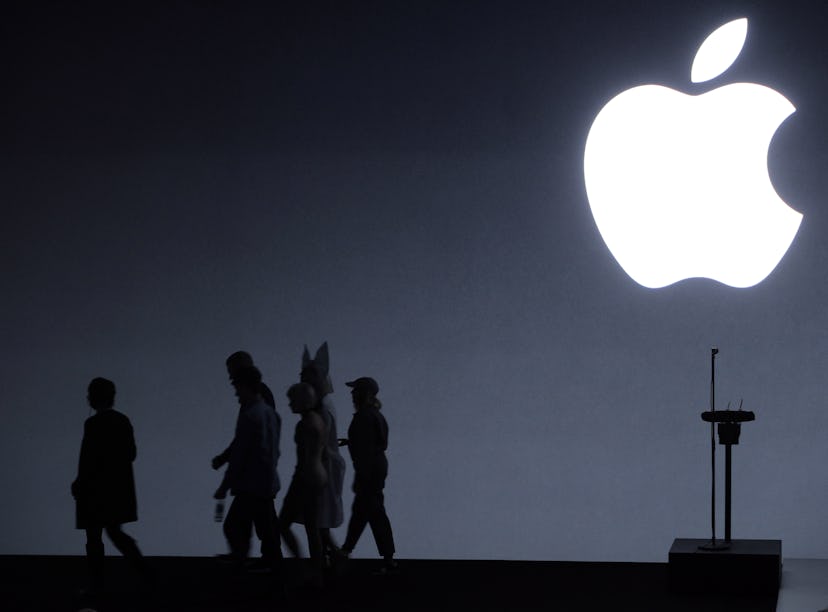
iPhone 14's New Satellite Connectivity Will Be Clutch During Emergencies
It’s out of this world.
Apple released its four new iPhone 14 models, AirPods Pro 2, and new Apple Watch Ultra at its Far Out event on Sept. 7. A highly anticipated feature for the iPhone is the new satellite connectivity, which had been rumored to be in development for years. Apple confirmed the feature will finally be coming to the iPhone 14 this fall. Here’s what the futuristic update means for you and why it might come in handy.
The feature, called Emergency SOS via satellite, will allow messaging with emergency services when you are outside of cellular or Wi-Fi coverage, according to Apple’s Sept. 7 press release. The technology was first reported in 2017 when Bloomberg said Apple had hired top Google satellite executives to lead its top secret satellite connectivity project.
It will be available across the iPhone 14, 14 Plus, Pro, and Pro Max models in the U.S. and Canada starting November 2022 and will be free for two years. The update comes alongside Crash Detection, another groundbreaking safety feature to detect car crashes. It might sound far-fetched, but satellite connectivity would be game-changing in expanding emergency services reach in remote areas, including mountains and out at sea. But, how does it actually work?
In order to activate satellite connectivity, you’ll have to be in a location that has direct access to the sky. In other words, you need to be in open space with your phone literally pointing upwards to the sky. Apple even cited that “performance may be impacted by obstructions such as trees or surrounding buildings.” Your iPhone will provide instructions on how to connect by pointing at a satellite.
Once you’ve achieved connection, from there, you’ll answer a few multiple choice questions to communicate your emergency situation to a center staffed by Apple-trained specialists that will call for help. (Most emergency services don’t accept texts, so the compressed satellite messages are received by the specialists first.) While you might not think you’ll need it, it could come in handy when you are in a remote area with no signals. Plus, you can share your location over satellite with Find My even without cellular data or Wi-Fi. So, you can feel safe when you’re hiking or camping in remote locations and truly go off the grid.
Apple isn’t the only one hopping on the shuttle to outer space adventure. On Aug. 25, T-Mobile and SpaceX announced a partnership to provide “near complete coverage in most places in the U.S.,” according to a press release. It will leverage SpaceX’s Starlink satellites within Earth’s orbit and T-Mobile’s wireless network to bring cell service to remote locations previously unreachable by traditional cell signals. It is unclear if Apple will support T-Mobile’s satellite service, but Google told 9to5Mac that the next version of Android 14 arriving in mid-to-late 2023 will support satellite connectivity as Android is now “designing for satellites.”
The Emergency SOS via satellite feature is currently only available on the new iPhone 14 models.
This article was originally published on